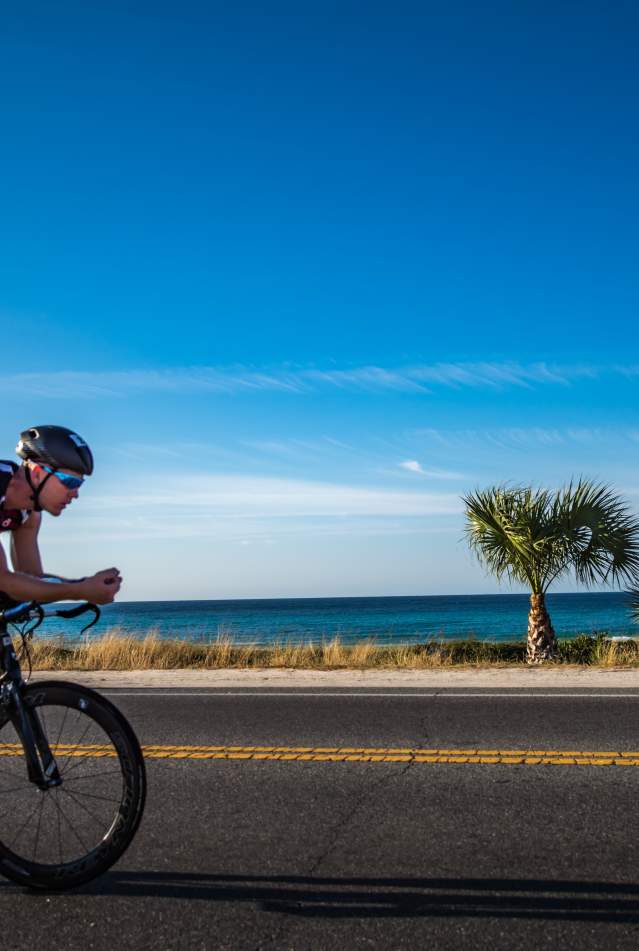It’s beginning to feel a lot like spring with temperatures warming, sunrises coming earlier, later sunsets and lots of sunshine in between. Everyone is anxious to get back out on the water and catch some fish, but remember to check the latest fishing regulations regarding size, bag limits and season openings/closings before you go.
Speckled trout are coming out of their winter hangouts and can be found scattered out across grass and sand flats. Areas that have good variation in depth and water flow have been noticeably more populated with fish. These areas include creek and bayou mouths, potholes, depressions and drop offs around points. All of these areas provide good ambush points from which predators can hunt, making them ideal places to catch fish. The topwater bite has steadily improved in the early morning hours but the best bites are still coming on suspending plugs, jigs and live or artificial shrimp.
This is a great month to target sheepshead around deeper structures in the bay and around the pass. They tend to congregate around bridges, in the inlets around jetties and close to nearshore structures in the gulf. The gear and technique requirements are relatively simple; however, the patience to allow them to "mouth" the bait may take some practice. Sheepies like to chew on the bait before swallowing, so be sure to wait until you feel the fish swim off before coming tight on it. A simple Carolina rig or a drop shot rig with a live shrimp and small circle hook is all you really need to catch them. Be sure to adjust your weight according to depth and swiftness of the current.
Redfish haven't seemed to mind the inconsistency in temperatures and can be found pretty much throughout the bays. Since redfish are so well adapted to eating shrimp and crabs, you will almost always find some reds around marshy areas with small ditches that meander back into the reeds. You can also find redfish in or near creeks or bayous and around structures such as old docks, seawalls and oyster beds.
If you’re looking for bigger fish, then head for deeper water around the bridges or in the pass. You might also find big schools of bull reds working bait balls out in the middle of the bay where they’ll get underneath feeding Spanish mackerel and clean up the leftovers that slowly drift down. Another great pattern for early spring redfish is running down the beaches to look for fish schooling in the surf. Redfish can be caught on a wide range of baits and lures including plugs, jigs, spoons and all manner of live and chunk baits.
The Spanish mackerel bite will also begin to take off and fish can be found in the gulf, inlets, passes and bays. If the fish are surface feeding or flocks of birds are working bait on the surface, try “running and gunning” with jigs, spoons or plugs – but only if you can see activity. If no action is visible, then try trolling tide lines just inside the pass or steep drop offs on the outer edges of the flats where the mackerel may be cruising through in search of prey. Once you get a bite, concentrate your efforts in that area as these fish are usually in large schools.
As always, if you have questions about what’s biting, how to catch them or want to book a trip, give me a call or shoot me an email. Tight lines!


